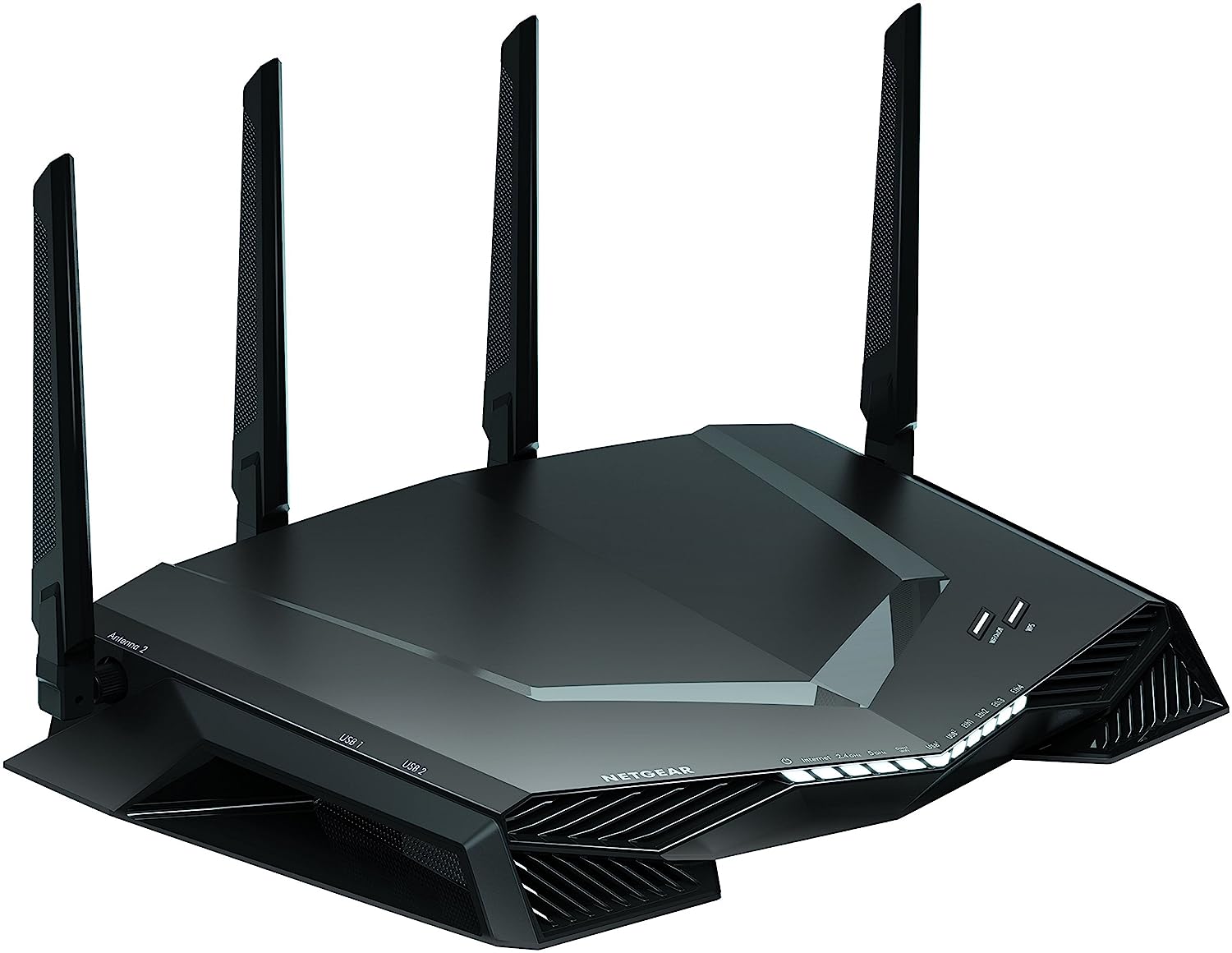Home>Software and Apps>Exploring the Power of Netgear Nighthawk VPN


Software and Apps
Exploring the Power of Netgear Nighthawk VPN
Modified: September 5, 2024
Discover the potential of Netgear Nighthawk VPN for seamless access to software and apps. Enhance your online security and privacy with this powerful VPN solution.
(Many of the links in this article redirect to a specific reviewed product. Your purchase of these products through affiliate links helps to generate commission for Techsplurge.com, at no extra cost. Learn more)
Introduction
In today's digital age, security and privacy are paramount. With the increasing number of cyber threats and data breaches, having a robust VPN (Virtual Private Network) solution is crucial. Netgear's Nighthawk series of routers has been a popular choice for home networks, and one of its standout features is the built-in VPN capability. This article will explore the world of Netgear Nighthawk VPN, covering its intended use cases, configuration options, and troubleshooting tips.
What is a VPN?
Before diving into the specifics of Netgear's Nighthawk VPN, it's essential to understand what a VPN is. A VPN creates a secure, encrypted connection between your device and a VPN server. This connection masks your IP address, making it difficult for third parties to track your online activities. VPNs are commonly used for:
- Security: Protecting data from hackers and cyber threats.
- Privacy: Hiding IP addresses and locations.
- Bypassing Geo-Restrictions: Accessing content restricted in your region.
Intended Use Cases of Netgear Nighthawk VPN
The Netgear Nighthawk VPN is designed to provide secure and private internet access. Here are some of the intended use cases:
- Remote Access: Allows remote computers to connect to your home network and internet proxy, making it easier to access local network resources securely from anywhere.
- Internet Connection Sharing: By using the VPN in TUN mode, you can share your internet connection securely with devices on a different network, ensuring that all data transmitted is encrypted.
- Local Browsing: While TUN mode is primarily designed for internet connection sharing, TAP mode can be used to connect to local network computers. However, this requires additional configuration and routing instructions.
- IPv4 Support: The Nighthawk MR60 supports IPv4 connections but does not support IPv6 connections, which may limit its functionality in certain environments.
Configuring the VPN
To enable the VPN feature on your Netgear Nighthawk router, follow these steps:
-
Access the Router Web Interface:
- Launch a web browser from a computer or mobile device connected to your router's local network.
- Type the IP address of your router in the address bar. The default IP address for most Netgear routers is
192.168.0.1or192.168.1.1.
-
Navigate to Advanced Setup:
- Once logged in, navigate to
ADVANCED>Advanced Setup>VPN Service.
- Once logged in, navigate to
-
Enable VPN Service:
- Select
Enable VPN Serviceto activate the VPN feature on your router.
- Select
-
Configure VPN Settings:
- Configure the VPN settings according to your requirements. This includes setting up the VPN protocol (e.g., OpenVPN), specifying the server details, and configuring any additional settings like DNS and IP address assignments.
TUN Mode Configuration
TUN mode is primarily used for internet connection sharing. Here’s a detailed configuration guide for TUN mode:
-
OpenVPN Configuration File:
- Create an OpenVPN configuration file with the following settings:
plaintext
client
dev tun
proto udp
remote vpn-domain.com 12973
resolv-retry infinite
redirect-gateway
nobind
persist-key
persist-tun
ca ca.crt
cert client.crt
key client.key
cipher AES-128-CBC
comp-lzo
verb 5
- Create an OpenVPN configuration file with the following settings:
-
Adding Up and Down Commands:
- To manage DNS and IP address assignments automatically, add up and down commands to the configuration file:
plaintext
script-security 2
up /etc/openvpn/update-systemd-resolved
down /etc/openvpn/update-systemd-resolved
down-pre
- To manage DNS and IP address assignments automatically, add up and down commands to the configuration file:
-
Running the VPN:
- Save the configuration file and run the OpenVPN client on your device. This will establish a secure connection to the VPN server.
TAP Mode Configuration
TAP mode is used for local browsing but requires additional configuration:
-
Understanding TAP Mode:
- TAP mode creates a virtual network interface that allows your device to connect directly to the local network. However, it does not assign an IP address automatically, which means you need to configure routing instructions manually.
-
Manual Configuration:
- Set up Ethernet bridging on the client end to connect to the local network subnet (e.g., 192.168.1.0/24). This involves configuring the client's network interface to bridge with the VPN interface.
-
Using NetworkManager:
- If using NetworkManager, you may encounter issues configuring up and down commands. NetworkManager typically runs DHCP and DNS configuration automatically, but it does not support custom up and down commands in VPN configurations.
Troubleshooting Tips
-
IP Address Subnet Issues:
- If experiencing issues with IP address subnets, ensure there are no subnet collisions between your local network and the VPN subnet (e.g., 192.168.254.0/24).
-
DNS Configuration:
- Make sure DNS configuration is properly set up after establishing the VPN connection. Use up and down commands to manage DNS assignments automatically.
-
Firewall Configuration:
- Ensure no firewall rules block the VPN traffic. The VPN should be configured to allow all necessary traffic between devices on both networks.
-
IPv6 Support:
- The Nighthawk MR60 does not support IPv6 connections, which may cause issues in environments where IPv6 is required.
Additional Resources
- Netgear Documentation: For detailed instructions on configuring your specific model of Netgear router, refer to Netgear's official documentation.
- OpenVPN Documentation: OpenVPN provides extensive documentation on configuring VPNs, including examples for different use cases.
- Community Forums: Netgear's community forums and OpenVPN forums often have active discussions and troubleshooting tips from other users.
By following these guidelines and leveraging the resources available, you can effectively utilize the power of Netgear Nighthawk VPN to enhance your online security and privacy.

